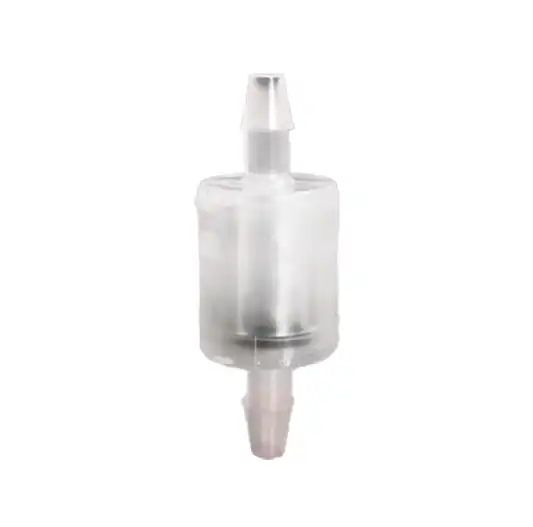Coffee grounds sieve uses
2024-08-16 17:07:51
1. Separation of coffee powder and fine powder
Coffee grounds sieves play a crucial role in the world of specialty coffee, offering a simple yet effective method to separate coarse powder from fine powder in freshly ground coffee. This separation process is fundamental to adjusting the extraction characteristics of coffee, allowing baristas and coffee enthusiasts to fine-tune their brews for optimal flavor and aroma.
When coffee beans are ground, the resulting particles vary in size. While most grinders aim for consistency, it's nearly impossible to achieve perfectly uniform grounds. This is where coffee sieves come into play. By passing the grounds through a sieve, larger particles are retained while finer particles, often referred to as "fines," pass through. This separation allows for more control over the coffee extraction process.
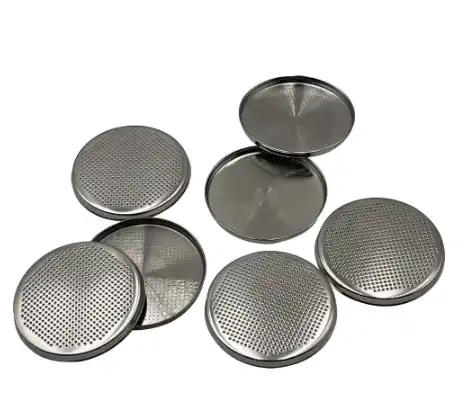
The importance of this separation lies in how different particle sizes extract during brewing. Larger particles extract more slowly, while fines extract very quickly. By controlling the ratio of coarse to fine particles, coffee makers can influence the rate and consistency of extraction. This level of control is particularly valuable in methods like pour-over, French press, and espresso, where the balance of flavors is crucial.
For example, in pour-over brewing, a more uniform grind size can lead to even extraction and a cleaner cup. By sieving out excessive fines, baristas can prevent over-extraction, which often results in bitter or astringent flavors. Conversely, for methods like Turkish coffee, where a very fine grind is desirable, sieves can be used to ensure only the finest particles are used.
2. Improve extraction quality
One of the primary uses of coffee grounds sieves is to improve the overall extraction quality of coffee. This improvement is achieved primarily by removing excess fine powder, which can significantly impact the taste and flavor profile of the final brew. Fine particles, due to their increased surface area, tend to extract more quickly and thoroughly than larger particles. While some fines are necessary for a full-bodied cup, an excess can lead to over-extraction, resulting in unwanted bitterness and astringency.
By using a sieve to remove a portion of these fines, coffee makers can achieve a more balanced extraction. This balance translates to a cup of coffee that highlights the bean's inherent flavors - be it fruity, nutty, or chocolatey notes - without being overshadowed by excessive bitterness or an overly strong taste. The result is often described as a cleaner, more nuanced cup with improved clarity of flavor.
Moreover, the removal of fines can lead to more consistent extraction from cup to cup. This consistency is particularly valuable in commercial settings where reproducibility is key, but it's equally beneficial for home brewers seeking to perfect their coffee routine. By reducing the variability introduced by fines, each brew becomes more predictable and controllable.
It's worth noting that the ideal amount of fines removal depends on various factors, including the coffee origin, roast level, brewing method, and personal preference. Experimentation with different sieve sizes and sieving durations can help coffee enthusiasts find their sweet spot for optimal flavor extraction.
3. Extend the life of coffee equipment
Another significant benefit of using coffee grounds sieves is the potential to extend the life of coffee equipment. This advantage is particularly relevant for devices with filters or small openings, such as espresso machines, pour-over drippers, and French presses. The fine particles in coffee grounds can accumulate over time, clogging filters and small passages in coffee-making equipment.
In espresso machines, for instance, fine particles can build up in the portafilter basket and group head, leading to uneven extraction and potentially damaging the machine's internal components. By using a sieve to reduce the amount of fines, the risk of clogging is significantly decreased. This not only maintains the equipment's performance but also reduces the frequency of deep cleaning sessions, saving time and potentially extending the machine's lifespan.
For pour-over methods, excessive fines can clog the filter, leading to longer brew times and potentially over-extracted coffee. By sieving the grounds before brewing, the flow rate becomes more consistent and predictable, leading to better extraction control and less stress on the equipment. Similarly, in French presses, fewer fines mean less sediment in the final cup and less wear on the metal mesh filter.
Regular use of a coffee grounds sieve can thus be seen as a form of preventive maintenance for coffee equipment. By reducing the strain caused by fine particles, coffee makers can ensure their equipment operates at peak performance for longer periods, potentially saving on repair and replacement costs in the long run.
4. Evenly distribute coffee powder
Coffee grounds sieves are not only useful for separating particles but also for ensuring even distribution of coffee grounds, particularly in methods like pour-over brewing and espresso preparation. Even distribution is crucial for achieving uniform extraction, where water comes into contact with all coffee particles equally, resulting in a balanced and flavorful cup.
In pour-over brewing, after sieving, the grounds can be more easily spread in an even layer across the filter. This uniformity helps prevent channeling - where water finds paths of least resistance through the coffee bed, leading to under-extraction in some areas and over-extraction in others. By promoting even distribution, sieves contribute to more consistent extraction and, consequently, a more balanced flavor profile.
For espresso preparation, even distribution is paramount. Uneven distribution can lead to channeling during the high-pressure extraction process, resulting in sour or bitter shots. Many baristas use distribution tools, but starting with sieved grounds can make the distribution process easier and more effective. The more uniform particle size achieved through sieving allows for better packing in the portafilter, reducing the likelihood of channeling and promoting even extraction across the entire coffee puck.
Moreover, the act of sieving itself can help break up clumps in the coffee grounds, which are often formed due to static electricity or moisture. These clumps can lead to uneven extraction, so their elimination through sieving contributes to improved consistency in brewing.
5. Adjust coffee concentration
Coffee grounds sieves offer a unique way to adjust the concentration and strength of brewed coffee according to personal taste preferences. This adjustment is achieved by controlling the proportion of fine particles in the coffee grounds, which directly influences the extraction rate and overall strength of the brew.
Fine particles, due to their larger surface area relative to their volume, extract more quickly and contribute more to the overall strength and body of the coffee. By using a sieve to remove a portion of these fines, coffee makers can effectively reduce the concentration of the final brew without changing the amount of coffee used or the brewing time. This method allows for fine-tuning the coffee's strength while maintaining its fundamental character.
For those who find their usual brew too strong or intense, sieving out more fines can result in a lighter, more delicate cup. Conversely, for those seeking a bolder, more robust coffee experience, using a sieve with larger openings or skipping the sieving process altogether can retain more fines, leading to a stronger brew.
This adjustment technique is particularly valuable when working with different coffee origins or roast levels. Lighter roasts, which are often more acidic, might benefit from retaining more fines to balance the brightness with additional body. Darker roasts, on the other hand, might improve with the removal of more fines to reduce bitterness and highlight the roast's inherent flavors.
It's important to note that adjusting concentration through sieving is a nuanced process that requires experimentation. The ideal sieve size and sieving duration will vary depending on the specific coffee, grind size, brewing method, and personal preference. Coffee enthusiasts are encouraged to experiment with different sieving techniques to find their perfect balance of flavor and strength.
6. Coffee Sieves Wholesale
For coffee shops, roasteries, and other businesses in the coffee industry, purchasing coffee sieves in bulk through wholesale channels can offer significant advantages in terms of cost-effectiveness and ensuring a consistent supply of quality equipment. When considering wholesale options for coffee sieves, it's crucial to partner with reputable manufacturers who understand the specific needs of the coffee industry.
Topping Motor is one such manufacturer that offers coffee sieves among its range of products. A notable feature of their offerings is that all O-rings used in their products are made of food-grade silicone material. This attention to detail is particularly important in the coffee industry, where maintaining the purity and safety of the product is paramount.
Food-grade silicone is an ideal material for components that come into contact with coffee, as it is inert, doesn't impart flavors or odors, and can withstand the temperatures typically encountered in coffee processing. The use of food-grade materials also ensures compliance with food safety regulations, which is essential for businesses in the coffee industry.
When considering a wholesale supplier for coffee sieves, it's important to inquire about the full range of specifications available. This includes mesh sizes, sieve diameters, materials used for both the frame and mesh, and any customization options. A reputable supplier should be able to provide detailed information about their products and assist in selecting the most appropriate sieves for your specific needs.
For businesses interested in exploring Topping Motor's coffee sieve options, they welcome inquiries at sales@huan-tai.org. When contacting a potential supplier, be prepared to discuss your specific requirements, including the volume of sieves needed, desired specifications, and any particular challenges or needs your business faces in coffee processing.
In conclusion, coffee grounds sieves are versatile tools that offer numerous benefits in the coffee brewing process. From improving extraction quality and consistency to extending equipment life and allowing for personalized brew strength, sieves play a crucial role in both commercial and home coffee preparation. As the specialty coffee industry continues to grow and evolve, the use of precision tools like coffee sieves will likely become increasingly common, helping coffee enthusiasts and professionals alike in their quest for the perfect cup.
References
1. Rao, S. (2017). The Professional Barista's Handbook: An Expert Guide to Preparing Espresso, Coffee, and Tea. Scott Rao.
2. Hoffmann, J. (2018). The World Atlas of Coffee: From Beans to Brewing - Coffees Explored, Explained and Enjoyed. Mitchell Beazley.
3. Specialty Coffee Association. (2023). Coffee Standards. Retrieved from [SCA website URL]
4. Illy, A., & Viani, R. (2005). Espresso Coffee: The Science of Quality. Academic Press.
5. Hendon, C. H., Colonna-Dashwood, L., & Colonna-Dashwood, M. (2014). The Role of Dissolved Cations in Coffee Extraction. Journal of Agricultural and Food Chemistry, 62(21), 4947-4950.
6. Corrochano, B. R., Melrose, J. R., Bentley, A. C., Fryer, P. J., & Bakalis, S. (2015). A new methodology to estimate the steady-state permeability of roast and ground coffee in packed beds. Journal of Food Engineering, 150, 106-116.
Send Inquiry
Related Industry Knowledge
- How often do you clean a Coffee Bean Hopper?
- How should I choose the right O Rings for my model of coffee machine?
- Can You Adjust the Boiler Temperature in Coffee Machines?
- What Innovations Are Improving Coffee Machine Mixer Technology?
- What Are the Key Features to Look for in a Coffee Grinder Motor?
- Vending machine touch screen interface
- How Can You Retrofit Your Vending Machine with a Cup Dispenser?
- What is a coffee brewing Unit Dimension ?
- How Do You Clean a Plastic Coffee Hopper?
- How Do Coffee Vending Machine Mixing Systems Ensure Consistent Flavor?


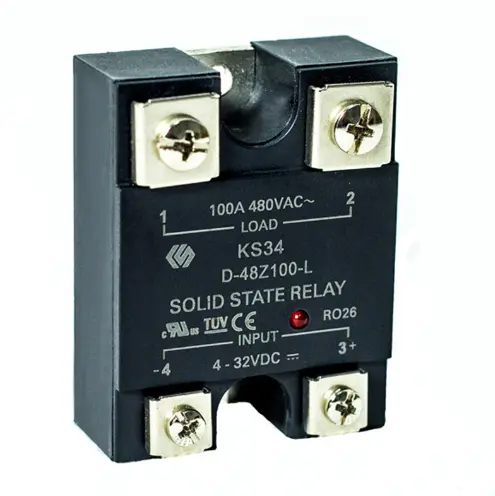
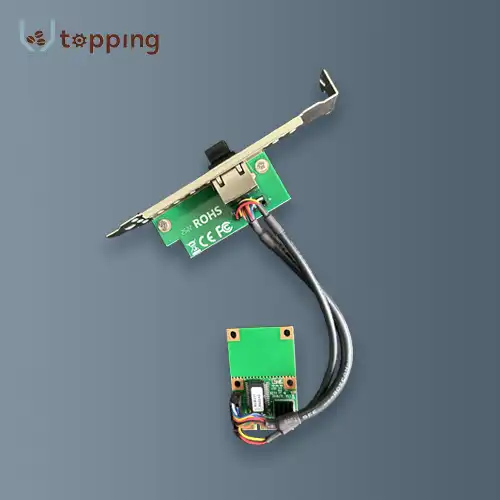
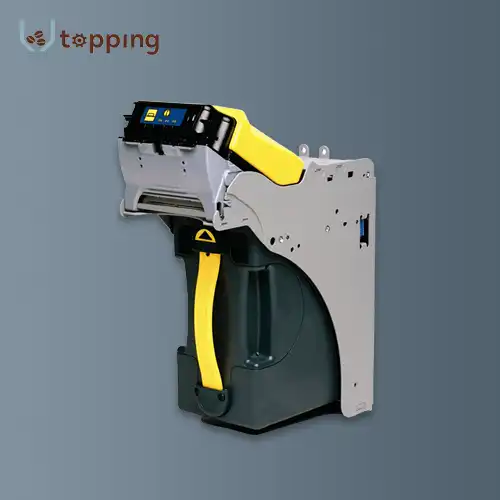


.webp)
